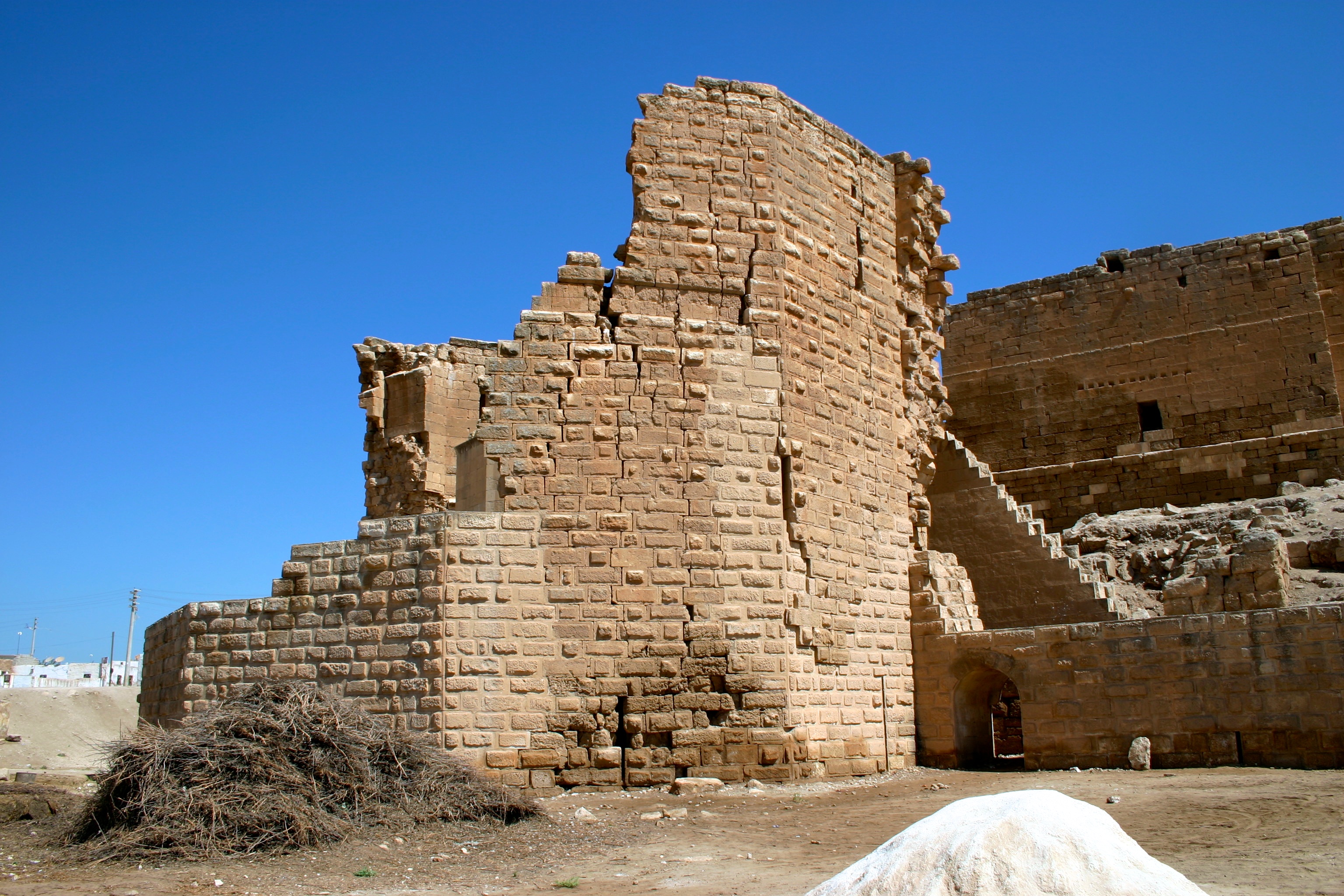This slide shows the keep of the citadel of Harran (modern Turkey), which is one of the most interesting religious sites in the world. In the first millennium BC it was the site of the central temple of the old Babylonian Moon goddess Sin. When the city was conquered by the Arabs in the eighth century AD, the pagan priests and scholars of the temple proclaimed they were Sabians, one of the People of the Book mentioned in the Qur’an (2:62, 5:69, 22:17), and were allowed to keep their temple. In the ninth century AD the city and temple became a major center of international scholarship, producing translations from Greek and Syriac into Arabic. It was also a center for magical, gnostic and esoteric studies, whereby these subjects passed into the Islamic world. The temple at Harran was the last functioning temple of the old Near Eastern pagan gods, and was not finally shut down until 1033–five centuries after the last Greek and Egyptian temples were closed. The temple ruins were rebuilt in the early 12th century as a fortress (depicted here) by the Muslim warlord Zengi to oppose crusaders.












